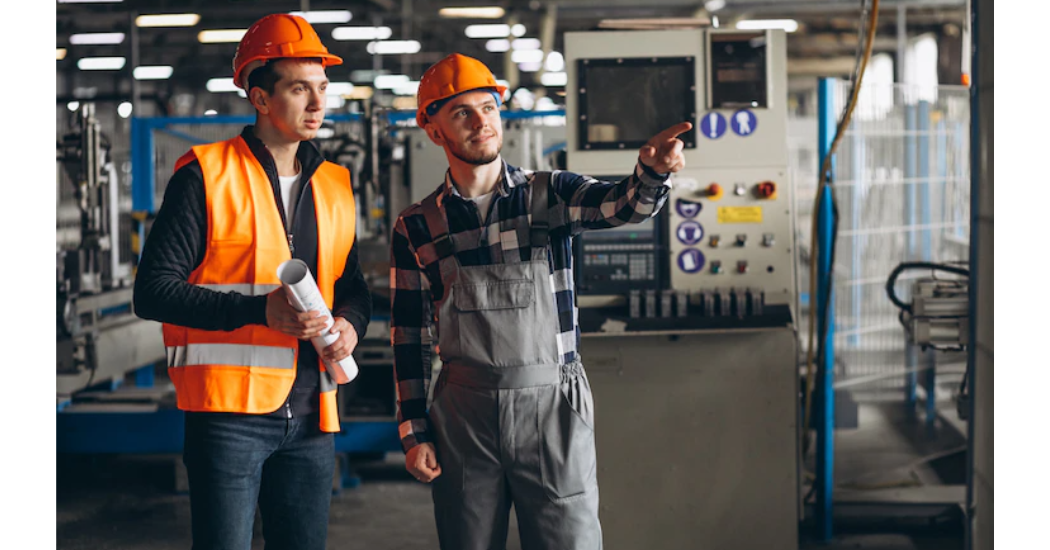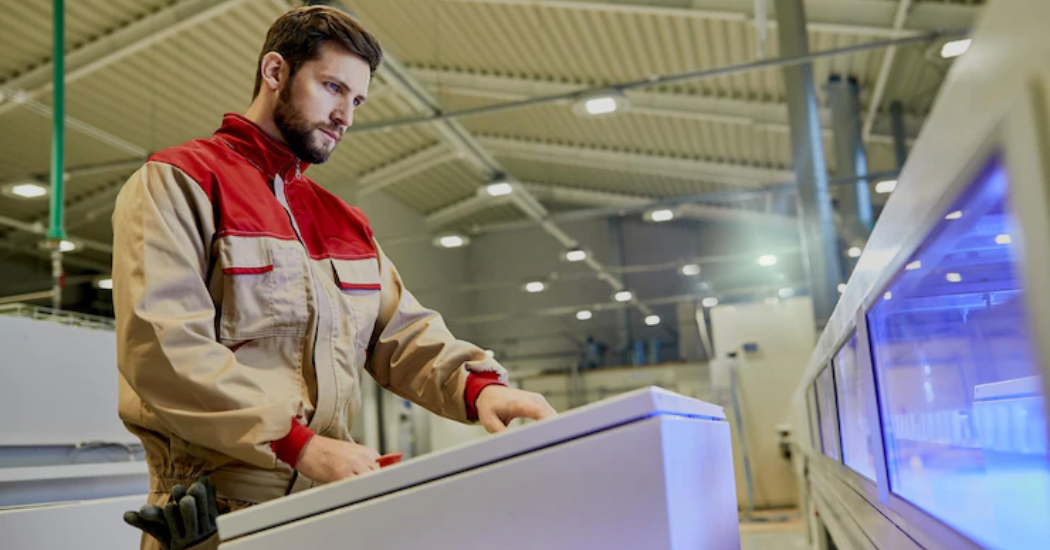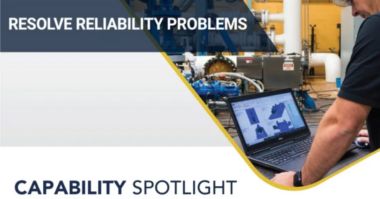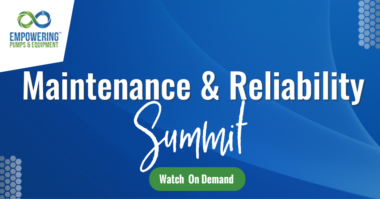Reliability-centered maintenance (RCM) is an optimized strategy or framework for streamlining equipment maintenance. It focuses on preventing and eliminating asset failures to facilitate optimum availability, productivity, and safety. Although it was introduced to tackle maintenance challenges in the aerospace and defense sectors, other sectors – like manufacturing, oil and gas – are implementing it to enhance equipment effectiveness and minimize maintenance costs.
Anchors are on the following principles:
- Maximizing equipment availability
- Identifying predominant equipment failure modes
- Prioritizing assets based on the criticality
- Identifying appropriate measures to combat and eliminate failure modes
Companies that successfully implement reliability-centered maintenance programs enjoy several benefits. The strategy instills a continuous improvement culture across the company and increases process and equipment reliability. Companies can control maintenance budgets, enhance operational safety, and establish optimized maintenance schedules.
Establishing reliability-centered maintenance programs is a costly, time-consuming activity requiring proper planning and targeted implementation – let’s explore the implementation strategies.
How to implement a reliability-centered maintenance program
A reliability-centered maintenance program prioritizes functionality over repairs and corrective measures. It treats processes and production equipment as interdependent systems.
Establishing and implementing reliability-centered maintenance programs goes through several stages. What is the relevance of each stage?
1. Select pieces of equipment for analysis
Every piece of equipment contributes to the overall productivity of a facility. However, some assets must be operational around the clock. These critical assets can also be costly to repair. Companies should prioritize critical assets when selecting candidates for the reliability-centered maintenance program. Audit the facility to identify pieces of equipment whose failure will significantly affect workflows.
2. Define equipment functionality
Production equipment is part of a larger system. Each entity in the system performs specific tasks and has inputs and outputs. There are boundaries to the level of functionality of each piece of equipment. It enables the company to identify how an asset can fail to fulfill its roles based on its designed specifications.
3. Identify equipment failure modes
The next step is to evaluate how the system is likely to fail. Failure mode analysis looks into the mode of failure and potential causes of every equipment breakdown. Consider a centrifugal pump in a production line. If the pump stops midway, its stoppage can be attributed to two failure modes – mechanical or electrical failure.
4. Analyze effects and criticality of failures
After identifying failure modes, the company should analyze the effect and criticality of each failure. How does each equipment failure affect system functionality?
Evaluating the consequences and criticality of failures relies on different tools and techniques:
- Fault Tree Analysis (FTA)
- Failure Mode and Effect Analysis (FMEA)
- Hazard and Operability Studies (HAZOPS)
5. Identify root causes of failures
The company should conduct a comprehensive root cause analysis. Reliability-centered maintenance programs seek to minimize and eliminate the effects of equipment failures on production systems. Identifying the root causes of equipment breakdowns enables the company to devise reliable maintenance interventions that guarantee optimum equipment functionality and productivity.
6. Establish a reliable maintenance strategy
Finally, the company should identify suitable strategies for predicting and preventing potential equipment failures. The maintenance strategy should preserve the functionality of the production system. The adopted maintenance strategy should offer dependable measures to reduce failure frequency and mitigate its effects if it is impossible to eliminate them.

Tips to streamline reliability-centered maintenance programs
Establishing a reliability-centered maintenance program is beneficial to companies in several ways. It helps companies overcome several maintenance-related challenges while fostering quality management at all stages of production.
Why do some companies fail in their quest to implement reliability-centered maintenance strategies? Is there a way for them to streamline the implementation of these programs?
The first cause of failure is the lack of employee participation. The company should involve all employees, whether technical or managerial. The employees can provide insights on predominant operational bottlenecks. The company should communicate with them and explain how the new strategies and policies will affect internal operations. Let them know who is in charge of implementation.
Reliability-centered maintenance programs fail when companies enlist several assets at once. The company should implement the strategy on critical assets and monitor progress before adding other assets. A rapid change in maintenance practices can overload maintenance staff and overstretch related budgets with little or no success.
Final words
Reliability-centered maintenance is a continuous process that requires periodic review and improvement. It is a strategy that, if well-implemented, yields better productivity and reduces maintenance costs. Implement it on critical production assets first. Companies should scale up operations once success is recorded in the pilot phase.
Leverage equipment maintenance data and appoint a competent team to implement and monitor the progress of the reliability-centered maintenance program.
Bryan Christiansen is the founder and CEO of Limble CMMS. Limble is a modern, easy-to-use mobile CMMS software that takes the stress and chaos out of maintenance by helping managers organize, automate, and streamline their maintenance operations.





Comments